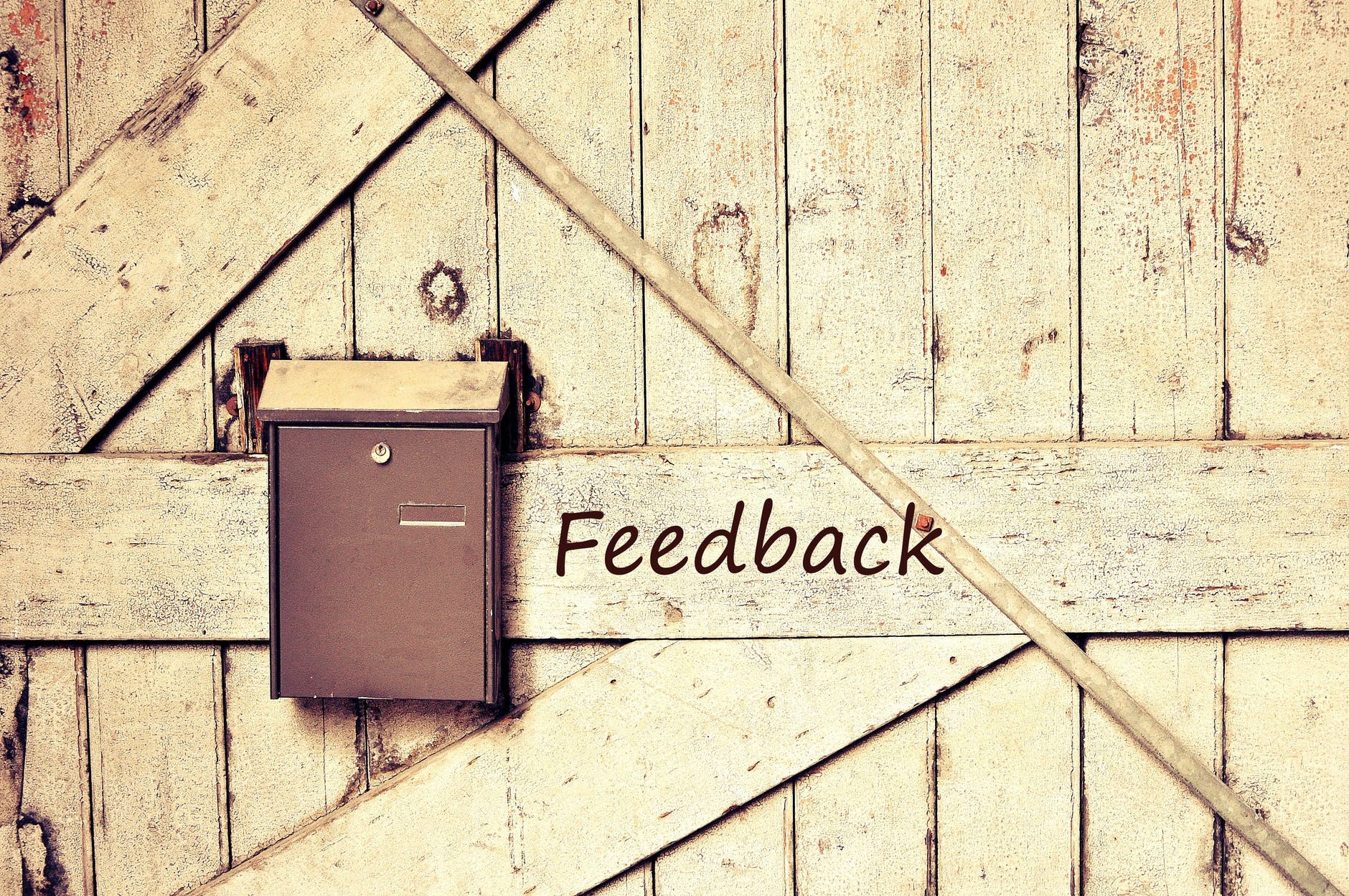Businesses nowadays are very data-driven, and rely on surveys as a way to acquire data about their current and potential customers, as well as what they’re interested in. However in many cases the data itself may be suspect if your surveys contain too much bias.
While it is almost impossible to completely eliminate all the different types of bias, you can reduce their impact in your business surveys through several means:
- Diversify the ways that your survey is shared
One of the main reasons why some business surveys are significantly biased is because they are only shared via a single channel. As such some people in the group that you want to survey have a higher chance of receiving it than others.
For example if only share your survey via social media all your customers that don’t use social media will be immediately excluded. However if you were to diversify and share it via email, physical forms, or even phone interviews – you’ll reduce the bias significantly.
- Make sure questions and answers are neutral
All of the questions and answers in your survey should be neutral – both in terms of how they are worded and structured. Neither should not emphasize one answer over another in any way if you want to reduce bias.
That holds true even of the types of answers. If you were to look at Likert scale examples, you should make sure the answers have a balance between positive and negatives – otherwise they would be biased.
- Increase the sample size of the survey
A larger sample size can significantly reduce the impact of biased answers because you’ll end up with a better average. If your sample size is small, a single biased answer will cause the average to shift drastically and make the accuracy of your data much worse.
However if your sample size is large the biased answers won’t affect the accuracy of the data nearly as much.
- Provide an escape route in the answers
Ideally the answers in your survey should include at least one option that can act as an escape route. For example it could be something like “Don’t know”, “Undecided” or “Not interested” – depending on the type of question.
If there is no escape route, responders will likely either end up feeling forced to choose the answer that is the closest fit or may just choose an answer at random. Both of these actions are undesirable and will definitely bias your survey.
By taking these steps you should be able to significantly reduce the bias in your business surveys. That in turn will allow you to ensure that the data you gather is much more reliable and can act as a solid basis for business decisions.
Aside from these steps you should also be careful not to inject bias into your surveys in other ways. It is crucial that you remain constantly vigilant, and check all of your business surveys carefully to try to root out any potential bias.
Author Bio:

Mahendra Bajiya is the founder of MI Guest Post and runs it as its digital strategist. By leaning on his deep experience in content marketing and creation, he is able to cater to the needs of businesses across various industries. To find out more you can visit his LinkedIn – Facebook – Twitter.



